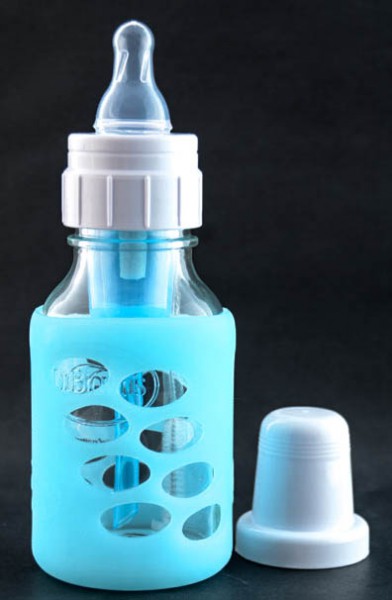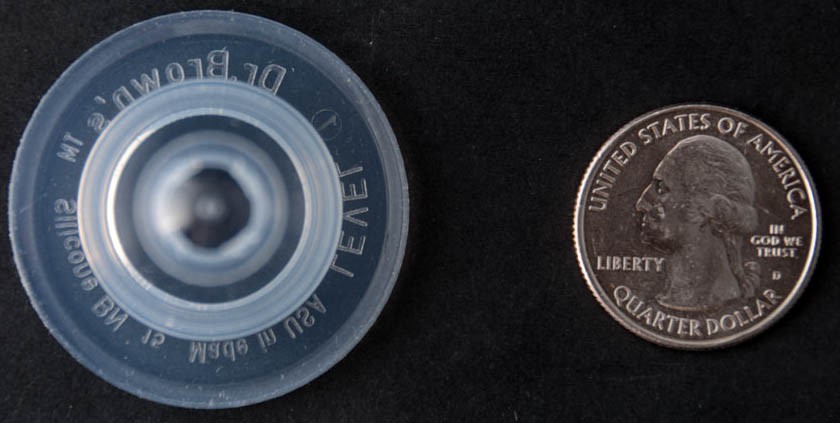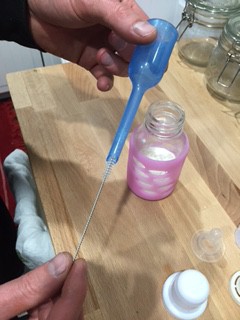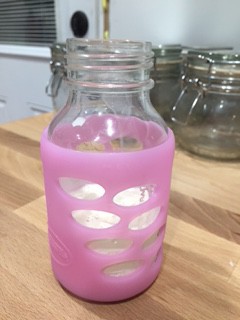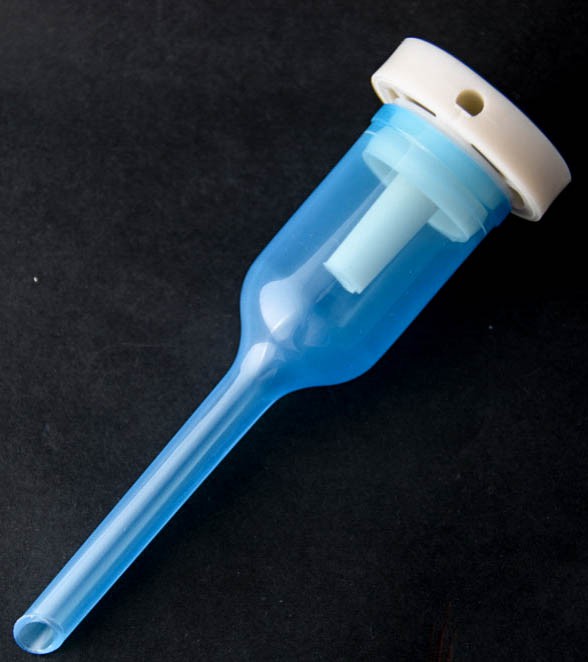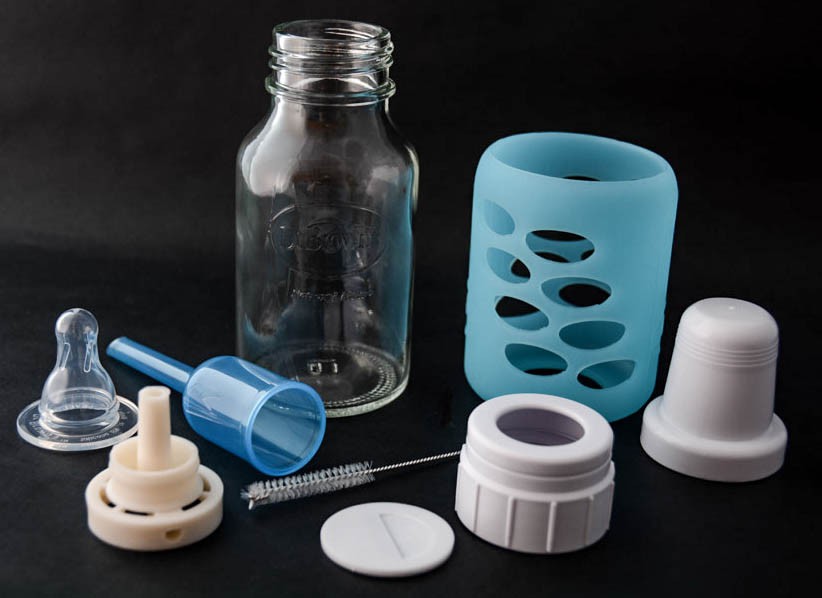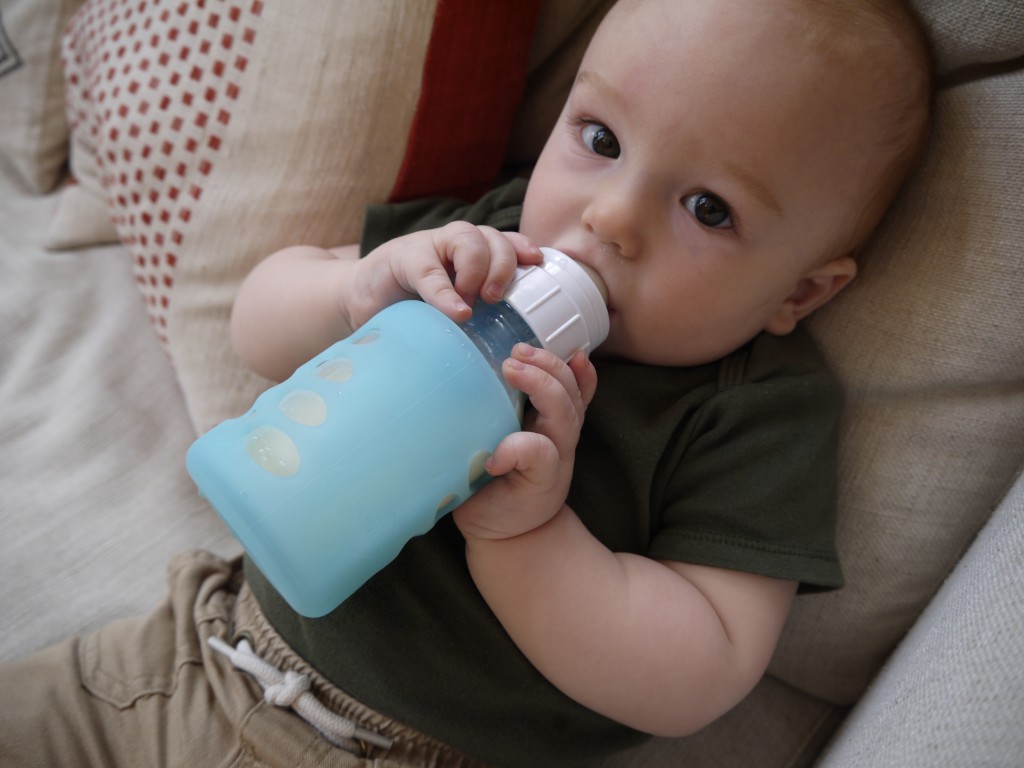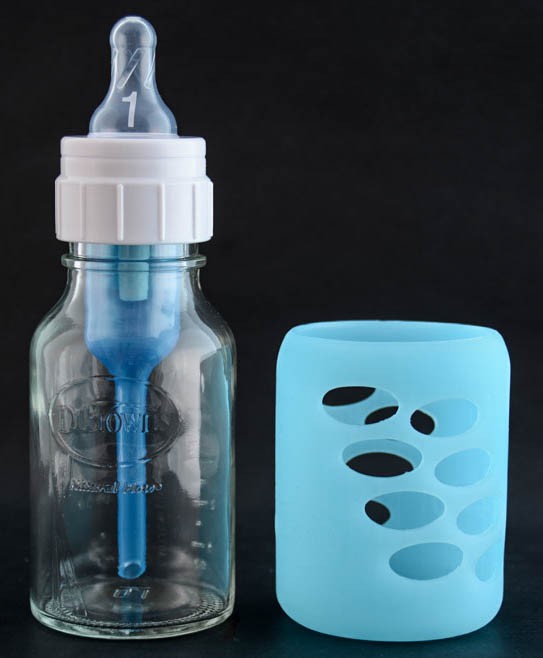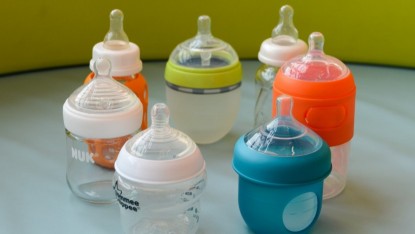Dr. Brown's is no longer producing the glass version of the Natural Flow bottle, although you can still find the plastic version of the bottle on their website. Dr. Brown's is also making a new glass bottle called the Dr. Brown's Natural Flow Options Glass Wide-Neck Bottle bottle. This bottle uses the same vent system as the original Natural Flow but is only available in a wide neck version. The biggest advantage the Options bottle has over the original is that it can be used with or without the vent, removing the hassle of cleaning all the small parts as soon as the baby's feeding is developed enough to no longer need the extra support. We recommend taking a look at this bottle in place of the Natural Flow Glass bottle and are linking to it in this review.
Dr. Brown's Natural Flow Glass Review
Our Verdict
Dr. Brown's is no longer producing the glass version of the Natural Flow bottle, although you can still find the plastic version of the bottle on their website. Dr. Brown's is also making a new glass bottle called the Dr. Brown's Natural Flow Options Glass Wide-Neck Bottle bottle. This bottle uses the same vent system as the original Natural Flow but is only available in a wide neck version. The biggest advantage the Options bottle has over the original is that it can be used with or without the vent, removing the hassle of cleaning all the small parts as soon as the baby's feeding is developed enough to no longer need the extra support. We recommend taking a look at this bottle in place of the Natural Flow Glass bottle and are linking to it in this review.
Our Analysis and Test Results
Dr. Brown's Natural Flow Glass Bottles offer the benefits of glass and their vent system. It uses the same silicone nipples as their standard bottles and is BPA, PVC, lead and phthalate free. The design creates a vacuum free feeding more akin to breastfeeding to help reduce colic, spit-up, burping and gas. This bottle is made in the USA. Dr. Brown's bottles use a patented 2-piece internal vent system that creates a positive pressure flow for that is similar to breastfeeding without nipple collapse. Air is funneled from the nipple collar to the back of the bottle through the vent system. It doesn't mix with the milk to help maintain essential vitamins such as C, A, and E. Each bottle includes one cleaning brush and instructions.
Performance Comparison
The chart below includes the overall scores for each product in this review, for a quick comparison of how each ranked against the others. The Dr. Brown option is blue for a quick comparison.
The sections below include details on how the Dr. Brown performed during testing, including what we liked and disliked about this product.
Likes
This bottle scored well in our tests for leaking. We didn't experience any leaking while feeding or transporting these bottles from place to place. Lack of leaks is a claim most of the bottles we looked at couldn't make, but we do worry that the high number of parts increases the chances that the bottle could be assembled incorrectly leading to leaking we didn't experience. Only Lifefactory and the Munchkin Latch scored as well in our tests for leakage.
Even though the nipple on this bottle is smaller in size than some of the more “breast” like options, it seemed easy for babies to use and the smaller size reduced leaking mess and was easy to latch onto. The nipple we tested was soft and very similar in size and shape to the one used in the Lifefactory bottle. Dr. Brown's nipples come in a variety of flow/level options for babies with varying strength and sucking abilities.
We like that glass is easier to clean than plastic. While this bottle has a cumbersome amount of parts and narrow neck, we do like that the glass bottle body is easier to clean than its plastic competition. It does not retain smells or collect the milk fat residue like plastic options seems to.
This bottle scored above average for ease of use in our tests. We like that the container is Borosilicate glass, which is more durable than regular glass and less likely to break or shatter. The babies in our tests had no trouble latching or feeding from the nipple. We also like that this bottle heats quicker than some of the other glass options which means less time warming and waiting for a feeding with a fussy baby. We also like that this bottle comes with a silicone sleeve similar to the one found on the Lifefactory bottle. Unlike the one found on the Lifefactory bottle, it is easy to remove and clean. This sleeve can make the heavy glass bottle easier for baby to hold and help prevent accidents should it be accidentally dropped.
This bottle claims its sophisticated venting system inside the bottle will prevent colic and gas, and while we liked the idea of it and didn't have any trouble with it, we weren't really able to tell if it functions better than other competing vents. What we can say is babies didn't seem gassier after using the bottle.
We like this bottle is made in the USA and is Borosilicate. Unfortunately, the components inside that make up the venting system are all plastic. Glass is easier to clean, doesn't retain smells and doesn't allow nutrients to cling to the side like plastic does. However, the plastic components sitting immersed in the bottle kind of defeat the purpose of the glass bottle and while they are free of BPA and phthalates, we still aren't big fans of plastic with a fear that they might leach endocrine disruptors into the contents of the bottle.
Dislikes
This bottle is complicated and has lots of parts. We aren't fond of how many parts it takes to make the vent system because it means parents have a better chance of potentially putting it together wrong, which could lead to leaking. We also think the additional parts make it harder to clean. Not only do you need a special brush to get into the small space, but you'll really have to work to get all the nooks and crannies properly clean. In fact, we found it was almost impossible to tell if the parts were clean or not. In total, there are seven parts to this bottle. The narrow neck also means you need a smaller bottle brush than the standard if you want to get it inside without a struggle.
This bottle is on the heavier side, which isn't a surprise for glass. This means it is heavier than plastic and is the heaviest glass option we looked at. The weight along with the complicated venting system and multiple parts make it not as attractive as the other glass options and we weren't convinced that it helps enough with air intake to make it worth the hassle.
Conclusion
We really like glass bottles and Dr. Brown's Natural Flow Glass is one of the nicer ones we looked at. It did not leak in our tests and comes with an easy to remove silicone sleeve for easy gripping and less chance of breaking. The baby testers in our group seemed to like the nipples and had no trouble latching despite being smaller and less breast like. Unfortunately, the complicated 7 part venting system that is difficult to assemble and time consuming to clean, plus rougher edges on the threaded neck, make this not a fan favorite and we preferred the Philips AVENT glass and Lifefactory over this option.


